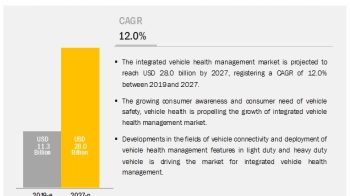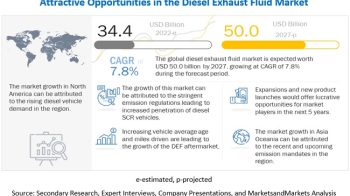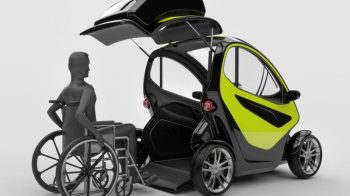The Global Connected Car Devices Market is projected to grow at a CAGR of 16.3% during the forecast period, to reach USD 57.15 billion by 2021.
Increasing penetration of telecommunication services in the automotive industry will boost the automotive connected car device market
Demand for navigation services, an increasing number of accidents, rising vehicle thefts, and security issues are the factors driving the adoption of telecom services in the automotive industry. Connecting a car with the network enables it to access many services such as safety, information, navigation, and remote diagnostics easily and efficiently. BMW offers integrated sim card services, which help to make calls and use the internet without connecting the cell phone to the vehicle. As the automotive industry offers a great opportunity for the telecom companies to invest and grow, this can lead to the growth of onboard internet services in automobiles.
Asia-Pacific: the fastest growing market for connected car devices
Asia-Pacific is estimated to be the most promising market for connected car devices in the next five years, owing to the improved standard of living and increasing buyer preferences for safety and comfort. Additionally, the upcoming safety regulations in the Asian countries would also positively influence the market for driver assistance systems such as adaptive cruise control system and lane departure warning system. The demand for luxury and premium segment cars in the region has increased significantly since the past few years. For instance, the sale of luxury cars by key manufacturers (Audi, BMW, Mercedes, and Volvo) in China increased in 2015, as compared to the previous year. All these luxury vehicles are equipped with the majority of connected devices such as telematics, adaptive cruise control, and lane departure warning systems. The increased demand for luxury and premium segment cars is thus anticipated to boost the market for connected car devices in the Asia-Pacific region in the near future.
Request for Sample Pages @ https://www.marketsandmarkets.com/requestsampleNew.asp?id=233573128
DSRC: growing Connectivity technology in passenger cars
Connected car devices with Dedicated Short Range Communication (DSRC) use short-range communication technologies such as Radar and Lidar, which are designed for a communication range up to 1000 feet. DSRC allows rapid communications between connected car networks and is used for various applications in modern automobiles. Its applications include driver assistance technologies such as lane departure warning and advanced cruise control systems. The market for these technologies is on the rise and the trend is expected to continue for the coming years. DSRC technology is a high growth potential market in the overall connected car devices market.
Vehicle-to-Vehicle (v2v) Communication: high growth potential technology
The vehicle-to-vehicle (V2V) communication is generally a short-range type of communication among automobiles. The major reason for the development of such technologies is to prevent accidents by allowing vehicles in transit to send position and speed data to one another over the short-range network. Allowing better safety of vehicles, V2V communication technology is estimated to have the highest growth potential in the connected car devices market across the globe. It is projected to grow at a promising CAGR from 2016 to 2021. This growth can be attributed to the proven benefits of the system in vehicle safety for which the government is also taking a proactive approach. For instance, the U.S. National Transportation Safety Board included adaptive cruise control in its ten most wanted safety improvements in 2013. The European parliament is also planning to make adaptive cruise control a mandate in the next few years.


